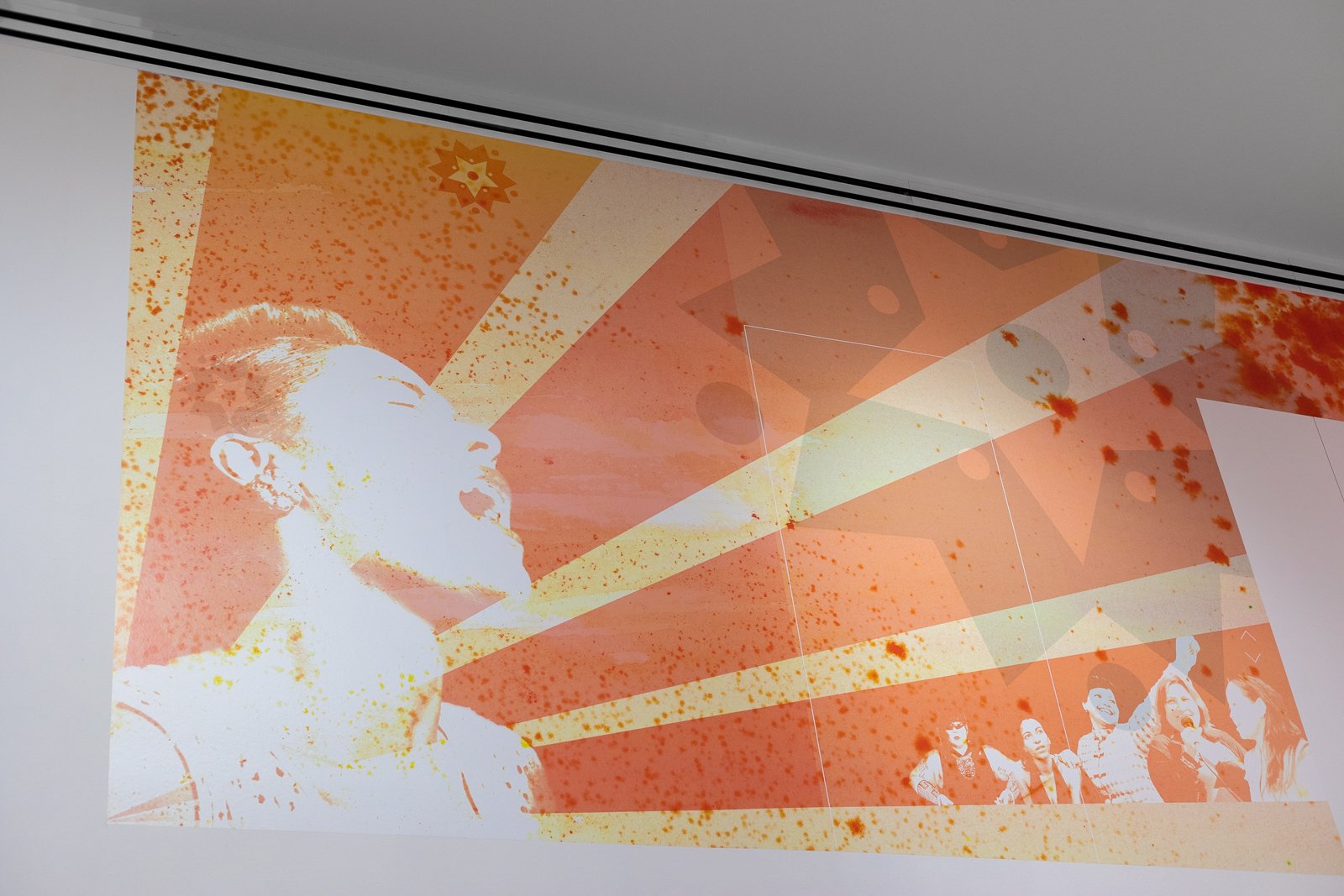aberturas: in English, apertures, openings, passages, portals
Inspired by the Meso-American and Chinese papercut art forms whose punctures are said to let the past through, these sculptures by artist Marisa Morán Jahn and architect Rafi Segal bring focus to the aesthetic language characterizing the collaborative duo’s socially engaged, civic scale projects. Both sculptures and larger scale works share a language of intense bursts of color, play of forms and shadows, and geometric patterns of solids and voids. Both are created through a dialogical process between the process of painting, etching, and perforating the two dimensional plane and folding, cutting, and transforming the surface into three dimensional spaces and voids.
For Jahn, who is of Chinese and Ecuadorian descent, adapting the transnational tradition of perforating paper is a reflective process. “Each cut is a portal or passage between worlds, and the artwork’s surface represents a threshold. In other words, the artwork makes visible — and is — the in-between. The incisions ask a question: To what degree and how shall the surface be open, hence how much past — and which pasts — do you want to let through?” Jahn’s work, which integrates social practice, performance, film, and two dimensional works, is characterized by its imaginative, colorful, and playful approach.
As in his architectural practice, Segal questions the design of buildings as ‘closed objects’ in favor of more porous conditions that invite interactions between public and private, mass and void, landscape and interiors, and more. The adaptation of patterns become ways to contextualize a project’s site and cultural context. As an Israeli architect, Segal’s interest in Ottoman and Islamic architecture and ornamentation critiques the overarching adaptation of Western forms in Israeli architecture and posits instead inspiration from regional histories and traditions.


